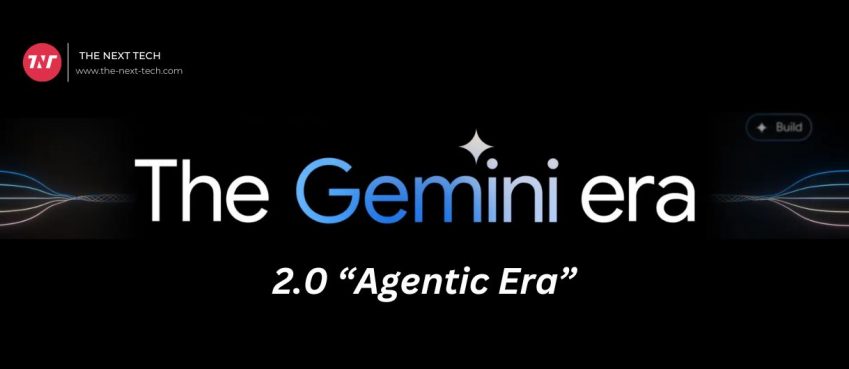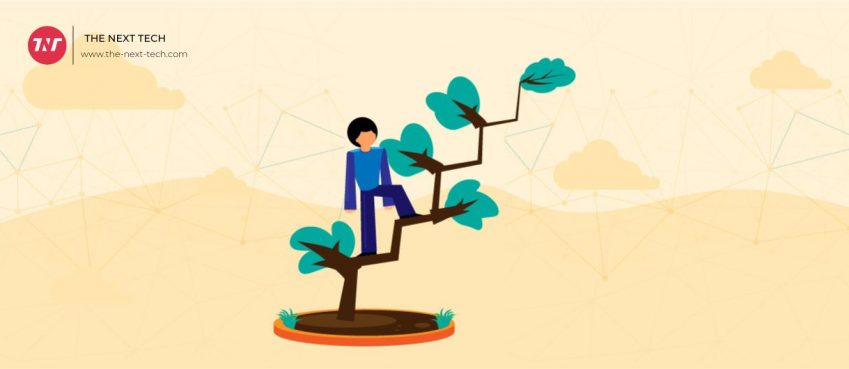
The pioneers behind artificial intelligence and machine learning have successfully broadened their reach within the business world, and found an integrality across all key verticals. Better tooling and innovation in data labeling are two of the factors behind this rapid and unprecedented development – and, more importantly, the discipline’s ability to find centrality to both everyday processes, and long-term development.
From highly perceptive robotics to self-driving cars, we live in an age where almost anything feels possible, provided we have the patience and technology on our side.
And, as these sophisticated outputs begin to cross the bounds between ‘idea’ and ‘reality’, developers and tech companies must continue to utilise the most refined and efficient data annotation processes. Since annotation is the key to accurate machine learning, the goal is to make this process more efficient.
Read about three essentials for data annotation workflow and tooling, below.
A Predictive Data Labelling Tool
As the demand for machine learning and AI models continues to rise, so too does the significance of predictive tools for data annotation. These are tools that can automatically recognize and tag items, based upon what the machine has learned from manually curated, labelled, and stored data.
In an automated image recognition program, for example, it’s helpful to have a tool that can predict subsequent image or video frames. The tool will take a cue from earlier recorded data, usually completed manually. Although it still requires some human input – also known as a human in the loop – you can save much time by using a predictive tool.
Customized Reports
Annotating data involves several workflows – more so when the project is particularly extensive, or highly specialized. As such, generating real-time reports is a vital part of quality assurance, as the information generated in these reports helps with performance analysis at each and every stage.
Through these reports, you can add value to the process because you can spot performance trends or issues as and when they emerge. You can also make better use of your time monitoring and managing the team.
Specialized ecosystem Between Collaborators
The significance of AI has already given rise to a unique, global platform that allows for collaboration between specialists as and when the project demands, which means that a highly developed ecosystem between collaborators in the data annotation industry was always bound to happen.
Navigating this ecosystem to look for specialized skills will be critical in AI training and deployment. Each provider will bring their expertise to the table, whether this lies in creating metadata or setting up workflows. When a project manager needs a specific tool or skillset, the unique ecosystem in which AI development takes place will support their mission.
Similarly, this ecosystem has given rise to a remarkable number of investments into start-up projects. According to OECD, around USD 50 billion was invested into these fledgling projects between 2011 and mid-2018.
These trends impacting data annotation processes are but a small part of the entire machine learning and AI industry. All these developments naturally came about as a result of the demand for improved workflows.
As tech companies continue to improve and learn from their experiences, the future of machine learning remains bright. Ultimately, the end consumers of these products and services will enjoy the most advanced application of AI models – aimed at improving many day-to-day life.
Top 10 News
-
01
10 Exciting iPhone 16 Features You Can Try Right Now
Tuesday November 19, 2024
-
02
10 Best Anatomy Apps For Physiologist Beginners
Tuesday November 12, 2024
-
03
Top 10 Websites And Apps Like Thumbtack
Tuesday November 5, 2024
-
04
Top 10 Sites Like Omegle That Offer Random Video Chat
Monday October 21, 2024
-
05
Entrepreneurial Ideas To Make 5K In A Month (10 Realistic Wa...
Monday October 7, 2024
-
06
[10 Best] Cash Advance Apps Like Moneylion And Dave (No Cred...
Friday September 20, 2024
-
07
Top 10 Richest Person In The World
Tuesday August 27, 2024
-
08
Top 10 Unicorn Startups In The World (2024-25)
Monday August 26, 2024
-
09
Top 10 IT Companies In The World By Market Cap
Thursday August 22, 2024
-
10
[10 New] Best OnionPlay Alternatives To Stream TV Shows And ...
Tuesday June 11, 2024







